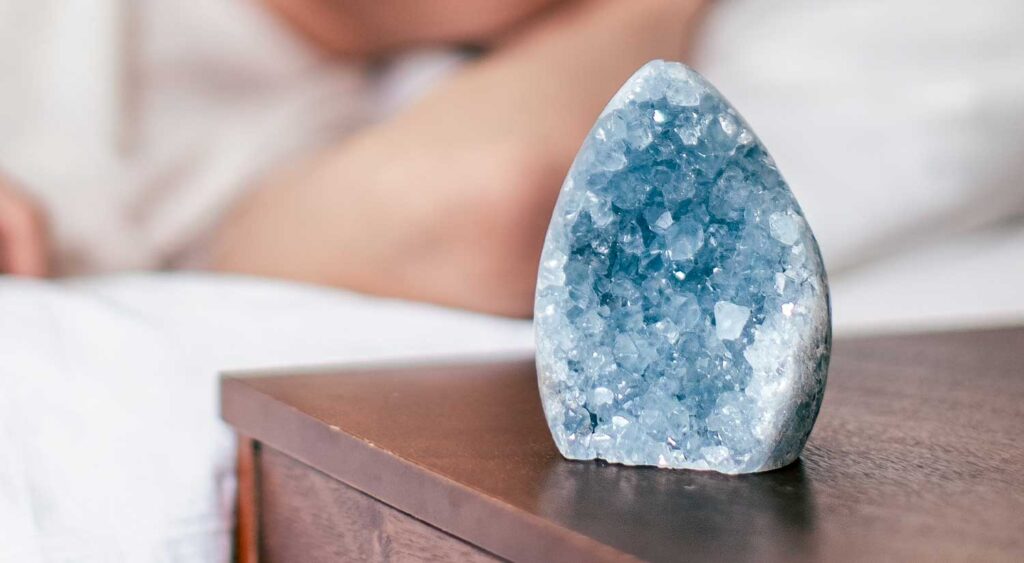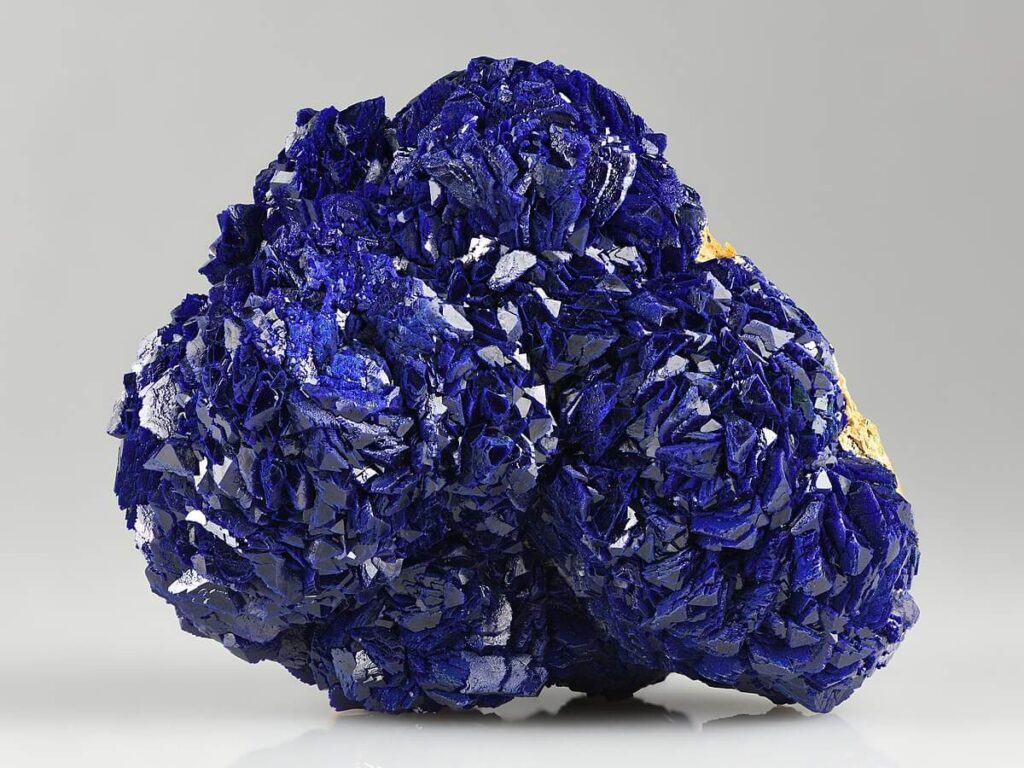Crystals have long been cherished for their beauty and metaphysical properties. Enthusiasts often charge their crystals to enhance their energy and effectiveness. One popular method for this is using moonlight. Not all crystals benefit from this method. Some crystals should never be charged in the moonlight. This article will delve into which crystals are sensitive to moonlight and provide alternative methods for charging them.
What Essential Guide about The Moonlight Charging?
The Power of Moonlight
Moonlight has been revered for its mystical and soothing properties. It imbues objects, including crystals, with calming and healing energies. Charging crystals under the light of the moon is a common practice among crystal enthusiasts.
Benefits of Moonlight Charging
- Charging crystals in moonlight offers several benefits:
- It is a gentle and natural method.
- It is accessible and requires no special equipment.
- Moonlight enhances the energy and vibrancy of crystals.
Why Some Crystals Cannot Be Charged in Moonlight
Certain crystals are sensitive to moonlight For their unique properties. Exposure to moonlight can alter their appearance, structure, or energy. Knowing which crystals are sensitive helps you maintain their integrity and effectiveness.
Factors Affecting Crystal Charging
Not all crystals react the same way to various charging methods. Composition, color, and inherent properties determine the best way to charge a crystal. Some crystals are sensitive to light, moisture, and temperature changes, making them unsuitable for certain charging methods.
Top 15 Crystals That Cannot Be Charged In Moonlight
Here are 15 crystals that should be kept away from moonlight for optimal care and energy preservation.
1- Selenite
Selenite, connected to the crown chakra, is sensitive to moisture. Making moonlight charging risky For potential dew formation. A soft crystal, it can degrade, when exposed to moisture, undermining its properties. Alternative methods, placing Selenite on a natural surface. Using sound vibrations is recommended to maintain its energy without water damage. If using moonlight, limit the exposure time.

2- Malachite
Malachite, with its vibrant green color, is sensitive to acidic environments and condensation. Prolonged moonlight exposure can damage its surface and diminish its shine. Earth-based charging methods or smudging with sage are better options to preserve Malachite’s transformation and heart chakra properties.

3- Pyrite
Pyrite’s metallic sheen can rust and lose its sparkle with moonlight exposure. His Condensation and temperature fluctuations. Charging it with earth energy or alongside more robust is preferable to maintain Pyrite’s properties and avoid moisture damage.

4- Lapis Lazuli
Lapis Lazuli, known for its deep blue hue, is sensitive to water and harsh conditions. Moonlight exposure can cause fading and temperature-induced damage. It’s best charged in dry environments using methods like smudging with palo santo or placing it with other crystals.

5- Amber
Amber, an organic gemstone, is highly susceptible to moonlight damage, which can cause cracking and energy loss. Charge Amber by burying it in soil, exposing it briefly to gentle sunlight, or using a singing bowl’s vibrations to maintain its healing properties.

6- Hematite
Hematite, with its grounding properties. It can rust to nighttime condensation. To preserve its luster and energy, charge Hematite in dry conditions, away from direct moonlight, using natural surfaces or indoor spaces.

7- Kyanite
Kyanite maintains its balance without traditional charging. Its stability negates the need for moonlight exposure, which could damage its structure. Simply place it in a serene environment or with other crystals to amplify its energy.

8- Sodalite
Sodalite’s deep blue hue can fade with moonlight exposure. Charge Sodalite in shaded, natural environments or use sound vibrations to preserve its color and metaphysical properties.

9- Opal
Opal is sensitive to temperature changes and condensation, making moonlight charging harmful. Use indirect light or earth’s energy for charging to protect Opal’s structure and enhance its soothing energy.

10- Turquoise
Turquoise is vulnerable to fading and energy loss with moonlight exposure. Charge Turquoise on a natural surface or use methods like saltwater baths to preserve its protective qualities.

11- Celestite
Celestite can crack under intense lunar energy. Charge it in gentle, ambient light or use a singing bowl to cleanse its energy without risking damage.

12- Moldavite
Moldavite can become unstable with intense lunar energy. Avoid direct moonlight exposure and use meditation or cardinal directions for charging to maintain its transformative power.

13- Fluorite
Fluorite loses color and properties with direct moonlight. Charge it in stable environments or use indirect methods like a chrysanthemum stone to preserve its vibrancy and energy.

14- Azurite
Azurite is prone to fading and distortion with moonlight. Charge it with gentle methods like placing it on the grass under indirect light or using rose quartz to maintain its intuitive properties.

15- Imperial Topaz
Imperial Topaz can be damaged by moonlight, reducing its ability to attract abundance. Charge it in direct sunlight for a short period or on a natural surface to preserve its energy and healing properties

Alternative Methods for Charging Sensitive Crystals
Sunlight Charging
Sunlight can be a powerful alternative for charging crystals. Be cautious, as some can fade or become damaged by direct sunlight.
Earth Charging
Burying crystals in the earth allows them to connect with natural energies. This method is effective for grounding and protective stones.
Sound Charging
Using sound vibrations from singing bowls, tuning forks, or even music can help charge and cleanse without any risk of physical damage.
Visualization Charging
This method involves using your intention and visualization to charge crystals. Imagine a bright light enveloping the crystal, infusing it with energy.
Conclusion
Charging your crystals is essential to maintaining their energy and effectiveness. Moonlight is a popular method, it’s crucial to recognize that not all crystals can withstand its effects. By understanding which crystals are sensitive to moonlight and exploring alternative charging methods, you can ensure your crystals remain vibrant and powerful.
Also Read: Who Should Not Wear Tiger Eye Stone
